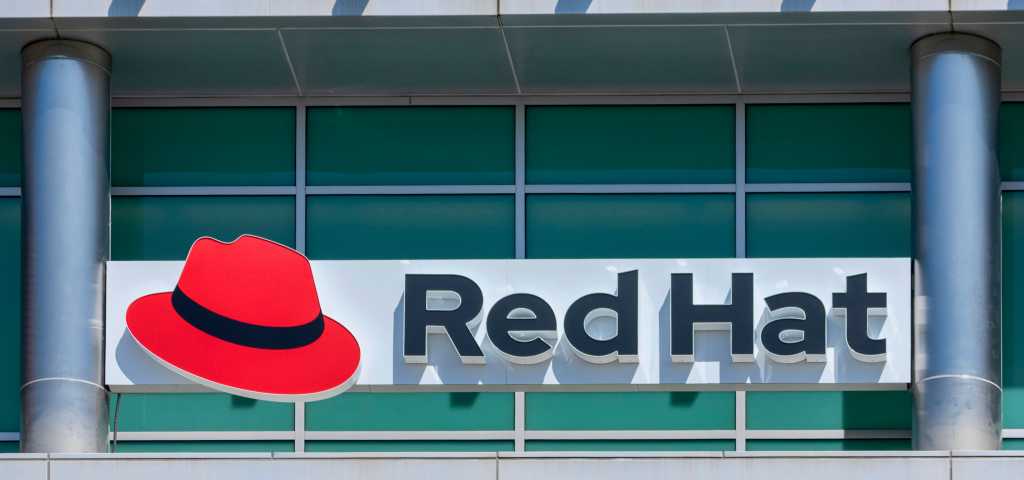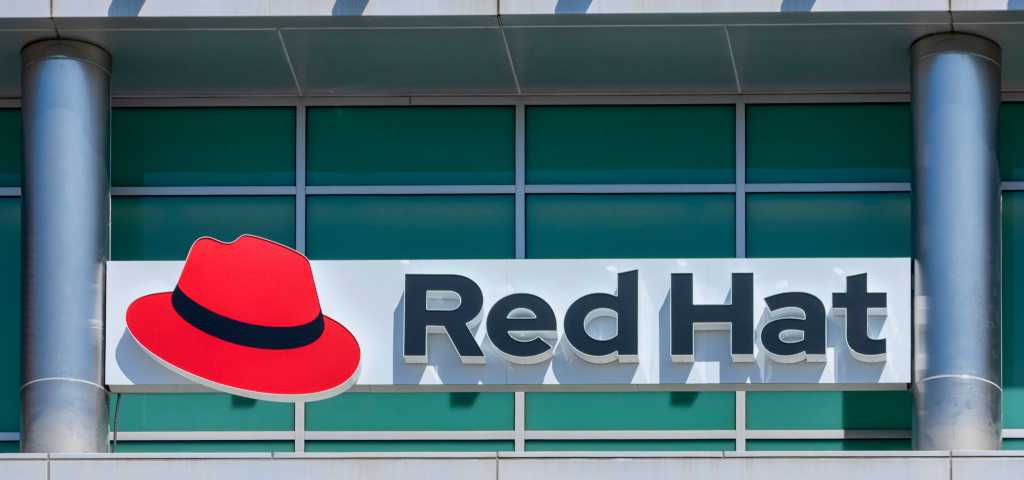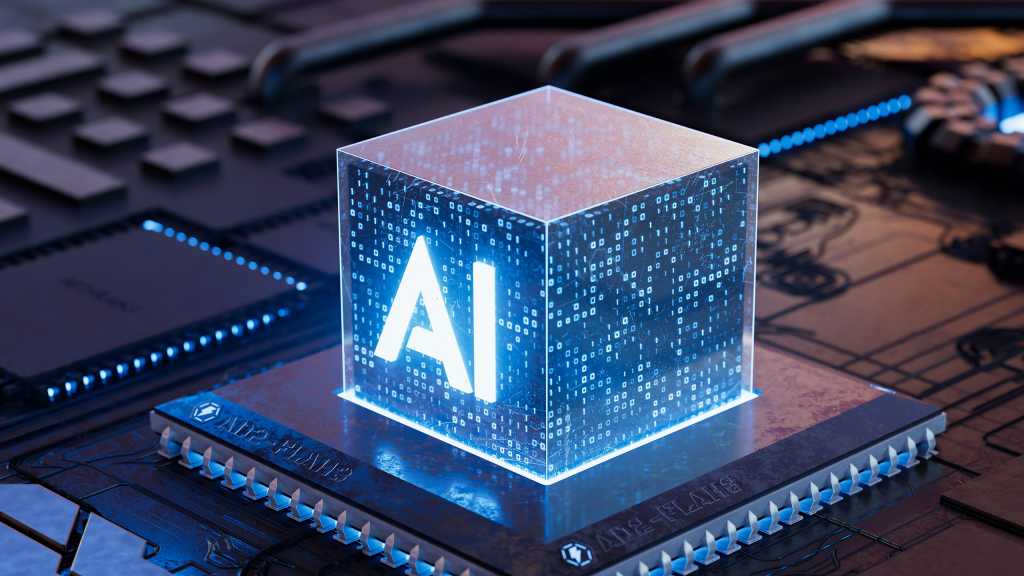
AI in RHEL 10
In particular, Red Hat Enterprise Linux 10 now supports Lightspeed, which integrates generative AI directly into the command line, signaling the beginning of a shift to AI-assisted operations.
“You just type in a plain English query saying, ‘Hey, why is this not working?’,” Raj Das, Red Hat’s senior director of product management, told reporters. “And what the RAG application does effectively is it goes out, searches our knowledge base, searches our manuals, searches our documentation, searches our support cases, and comes back with effectively what you need to do.”
RAG – retrieval-augmented generation – is when relevant data and context is added to a user’s question before it’s sent out to a large language model. It is one of the most popular ways in use today for improving the relevance and accuracy of AI responses.
“It makes the administrator’s job much easier and also lowers the bar of the skills set level that you need,” Das says.
Scott McCarty, Red Hat’s global senior principal product manager for RHEL server, added that Lightspeed leverages Red Hat’s 25 years of expertise and documentation. “Historically, the challenge has been sifting through that documentation,” McCarty told reporters. “People with a PhD in RHEL are fine. They’re great. They love it. But this really expands it and makes it easier for less-trained people to access that knowledge quicker and easier.”
Speaking of RAG, RHEL is now integrated with Postgres vector databases, which are commonly used for RAG applications.


















